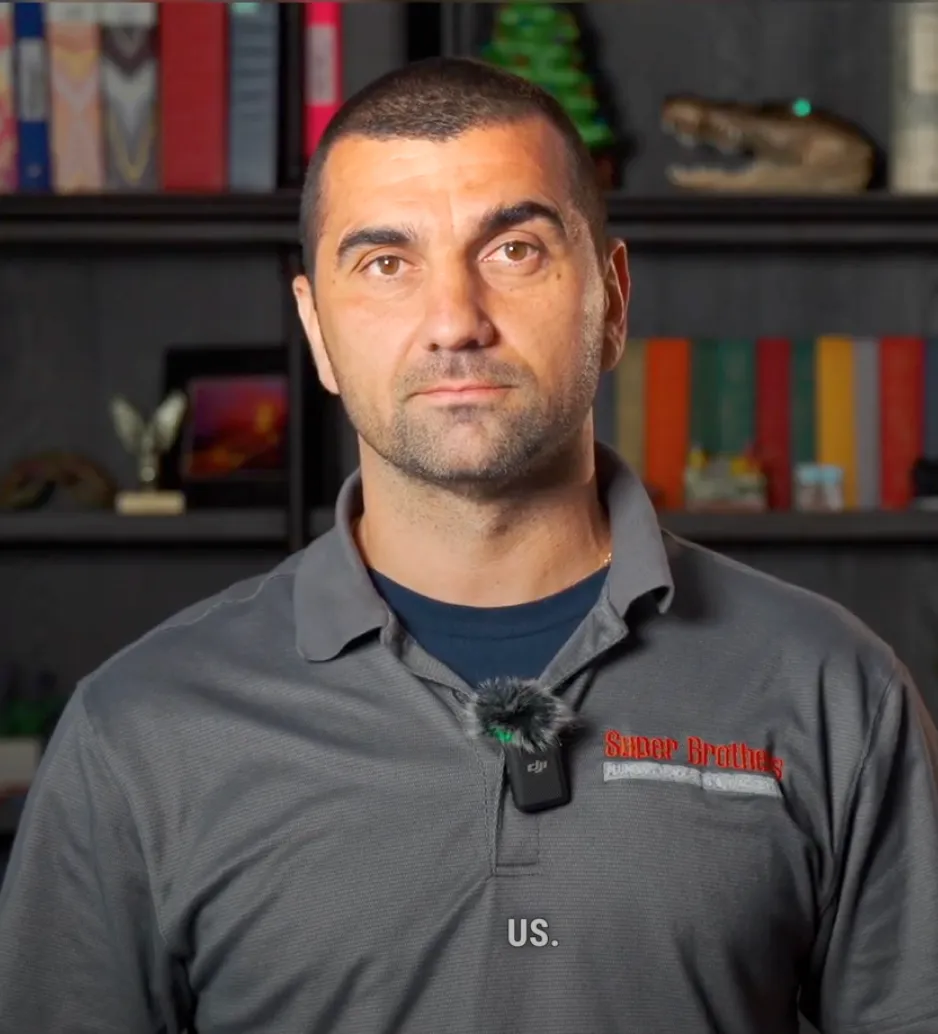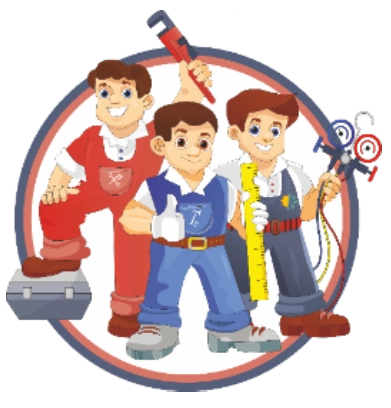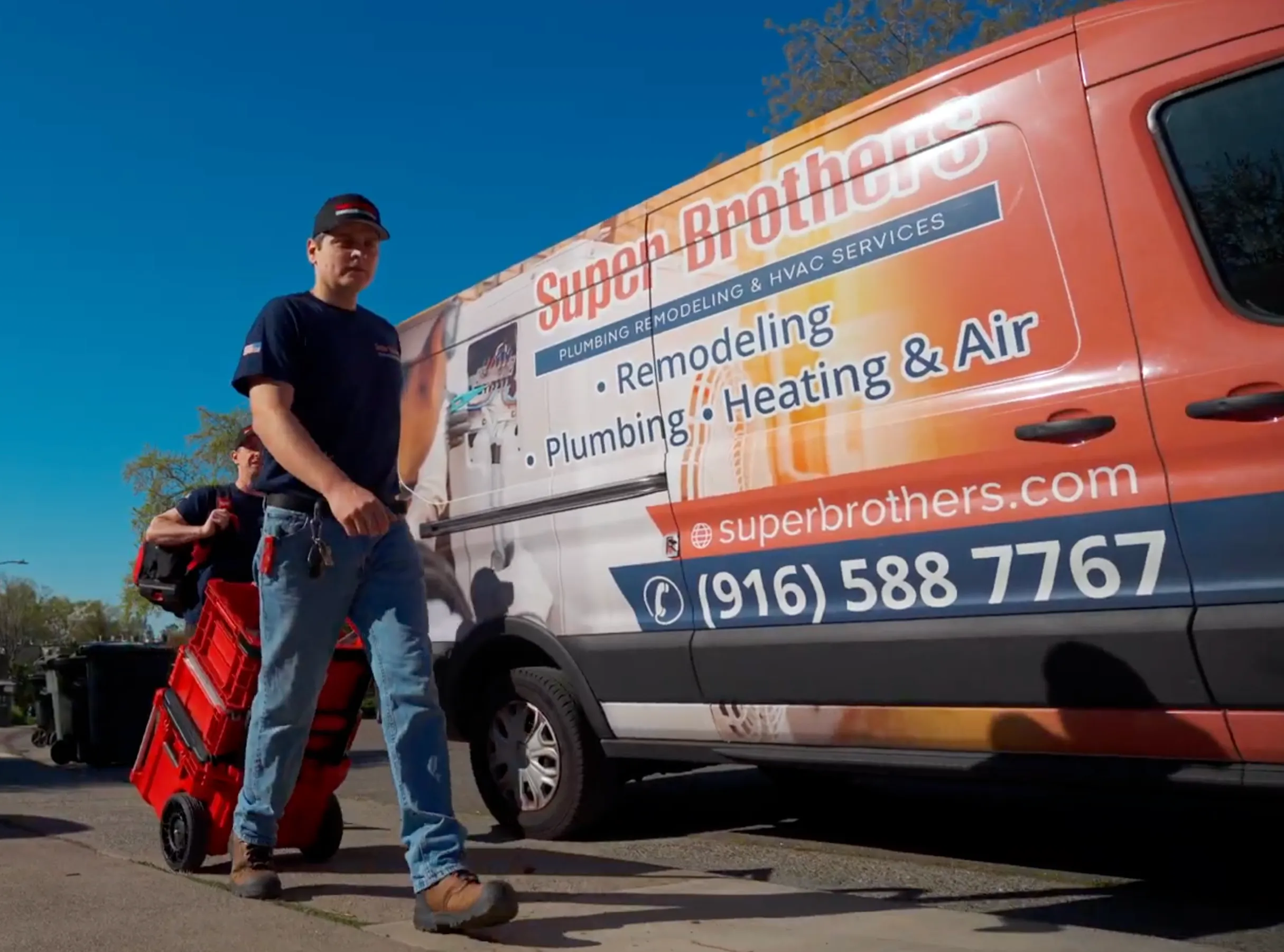Old homes often come with a sense of charm and history, but they also bring a host of age-related issues, particularly in their plumbing systems. If your home predates the 1960s, chances are it still contains galvanized pipes and older sewer lines—both of which can lead to significant problems. Here’s why replacing these outdated systems should be a priority for homeowners.
Galvanized Pipes: A Hidden Plumbing Hazard
Galvanized pipes, common in homes built before the 1960s, are steel pipes coated with zinc to prevent corrosion. While innovative at the time, these pipes have since proven to be a source of major plumbing issues.
1. Low Water Pressure from Corrosion
One of the most common problems with galvanized pipes is their tendency to corrode from the inside out. Over time, this corrosion builds up, causing blockages that restrict water flow.
- Symptoms:
- Low water pressure, especially when using hot water.
- Discolored water, often brown or rust-colored.
- Why Hot Water Is Affected First: Heat accelerates the corrosion process, making hot water pipes more susceptible to blockages.
2. Partial Pipe Replacements Don’t Solve the Problem
Some homeowners opt for partial replacements of damaged pipes, leaving the remaining galvanized pipes intact. While this might seem like a cost-effective solution, it only delays the inevitable.
- The Issue with Partial Repairs:
- New pipes (copper or plastic) are often connected to the existing galvanized system.
- Without proper dielectric coupling, the interaction of dissimilar metals causes accelerated corrosion at the junction points.
Copper in Galvanized Systems: Corrosion Risks
When copper pipes are attached to galvanized pipes, a special fitting called a dielectric coupling is required to prevent galvanic corrosion—a chemical reaction between the two metals. Unfortunately, many older homes or DIY plumbing projects lack these essential fittings.
- Hidden Danger: These problematic junctions are often concealed within walls, making it difficult to detect until a leak occurs.
- Long-Term Solution: Replace all galvanized pipes with copper or modern PEX piping, ensuring the entire system is updated and compliant with modern standards.
The Problem with Old Sewer Lines
Plumbing issues are not limited to a home’s interior; sewer lines outside the house are equally susceptible to aging and damage. Here’s why old sewer lines are a ticking time bomb for homeowners:
1. Ownership and Responsibility
- Homeowners are responsible for the sewer line running from the house to the street.
- Any problems, such as blockages or collapses, fall under the homeowner’s jurisdiction—not the city’s.
2. Common Sewer Line Materials
Older homes feature a variety of sewer line materials, each with its own set of vulnerabilities:
- Clay Pipes:
- Highly prone to root intrusion due to their porous nature and jointed construction.
- Can crack or collapse under pressure.
- Cast Iron Pipes:
- Durable but susceptible to internal corrosion over time.
- Corroded sections can weaken and develop leaks or blockages.
- Plastic Pipes (PVC):
- Introduced in the 1980s, PVC is generally reliable but can be crushed or damaged by heavy loads or improper installation.
Signs Your Sewer Line Needs Replacement
If your home has aging sewer lines, here are some warning signs that it’s time for an upgrade:
- Frequent Backups: Slow drains or recurring clogs may indicate blockages in the main sewer line.
- Foul Odors: Sewer gas escaping through leaks can create unpleasant smells.
- Wet Spots or Sinkholes: Leaking sewer lines can cause the ground above them to become soggy or sink.
- Tree Root Intrusion: Nearby trees with extensive root systems often infiltrate clay or cast iron pipes, causing significant damage.
Testing for Leaks in the Sewer Line
To determine if there’s a leak in your sewer system:
- Turn Off Water Inside the Home: Ensure all taps and appliances are off.
- Check the Water Meter: If the meter’s dial continues to move, it’s a clear indication of a leak in the system.
Why Full Replacement Is the Best Solution
While patching up leaks or replacing a single section of pipe might seem sufficient, it often leads to more issues down the road. Full replacement of old galvanized and sewer pipes ensures long-term reliability and prevents unexpected emergencies.
Benefits of Full Replacement:
- Improved Water Pressure: Removing corroded pipes restores the free flow of water throughout the home.
- Better Water Quality: Say goodbye to rust-colored water caused by deteriorating pipes.
- Reduced Maintenance Costs: Modern materials like PVC or PEX are more durable and require less upkeep.
- Enhanced Property Value: Updated plumbing systems are a significant selling point for potential buyers.
Modern Alternatives to Galvanized and Old Sewer Pipes
1. PEX Piping
- Flexible and easy to install.
- Resistant to corrosion and scaling.
- More affordable than copper.
2. PVC for Sewer Lines
- Lightweight and durable.
- Less prone to blockages.
- Long lifespan with proper installation.
3. Trenchless Sewer Replacement
For sewer line repairs, trenchless technology allows for pipe replacement without extensive digging. This method is faster, less invasive, and often more cost-effective than traditional excavation.
Super Brothers: Your Plumbing Experts
Super Brothers team understand the unique challenges that come with maintaining older homes. Whether it’s replacing galvanized pipes, repairing sewer lines, or upgrading to modern systems, our team of experienced plumbers is here to help.
Don’t wait for plumbing issues to escalate into costly repairs. Contact Super Brothers today for a thorough inspection and expert advice on updating your home’s plumbing system. Protect your property and ensure peace of mind with a plumbing system that’s built to last.


